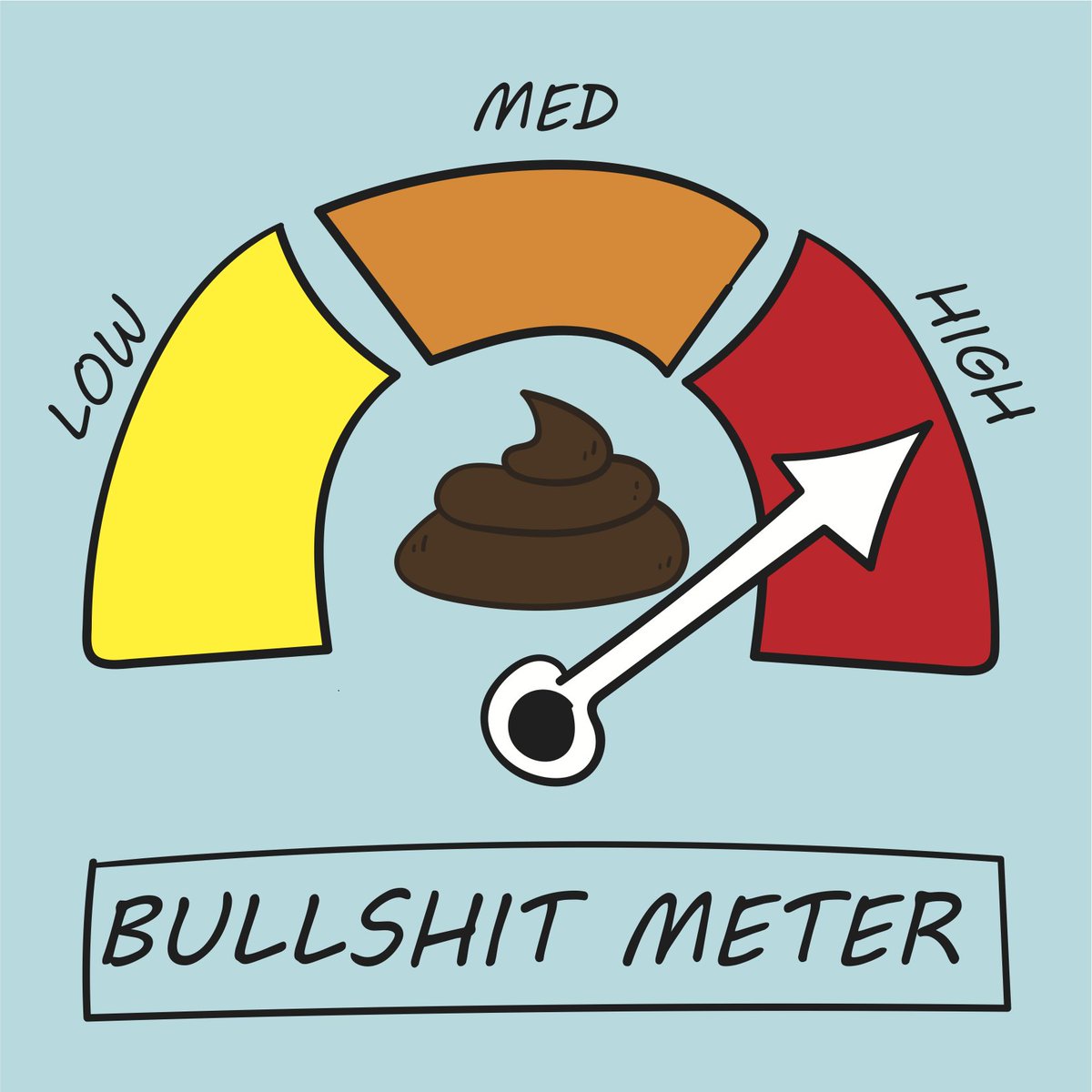A: Not by itself.
Important additional considerations include:
⭐️ Ventilation
⭐️ Number of people in the room
⭐️ Duration of contact
⭐️ Type of activity (silent, speaking, shouting/singing)
⭐️ Use of masks
The history of the 6ft/2m distancing rule began over 100 years ago with the study of how droplets were emitted during speech, coughing, and sneezing.
More recent evidence has shown projection of large respiratory droplets from coughs and sneezes well beyond 2 meters.
Respiratory droplets & aerosols are much more quickly diluted outdoors, the basis of encouraging outdoor activities wherever possible.
In the highest risk situations (indoors w/poor ventilation, high numbers of people, prolonged duration of contact), it’s important to physical distance beyond 2m/6 ft, minimizing the time of exposure, and use face masks.
bmj.com/content/370/bm…
time.com/5883081/covid-…
& quites from @linseymarr & @j_g_allen
undark.org/2020/08/26/cov…





